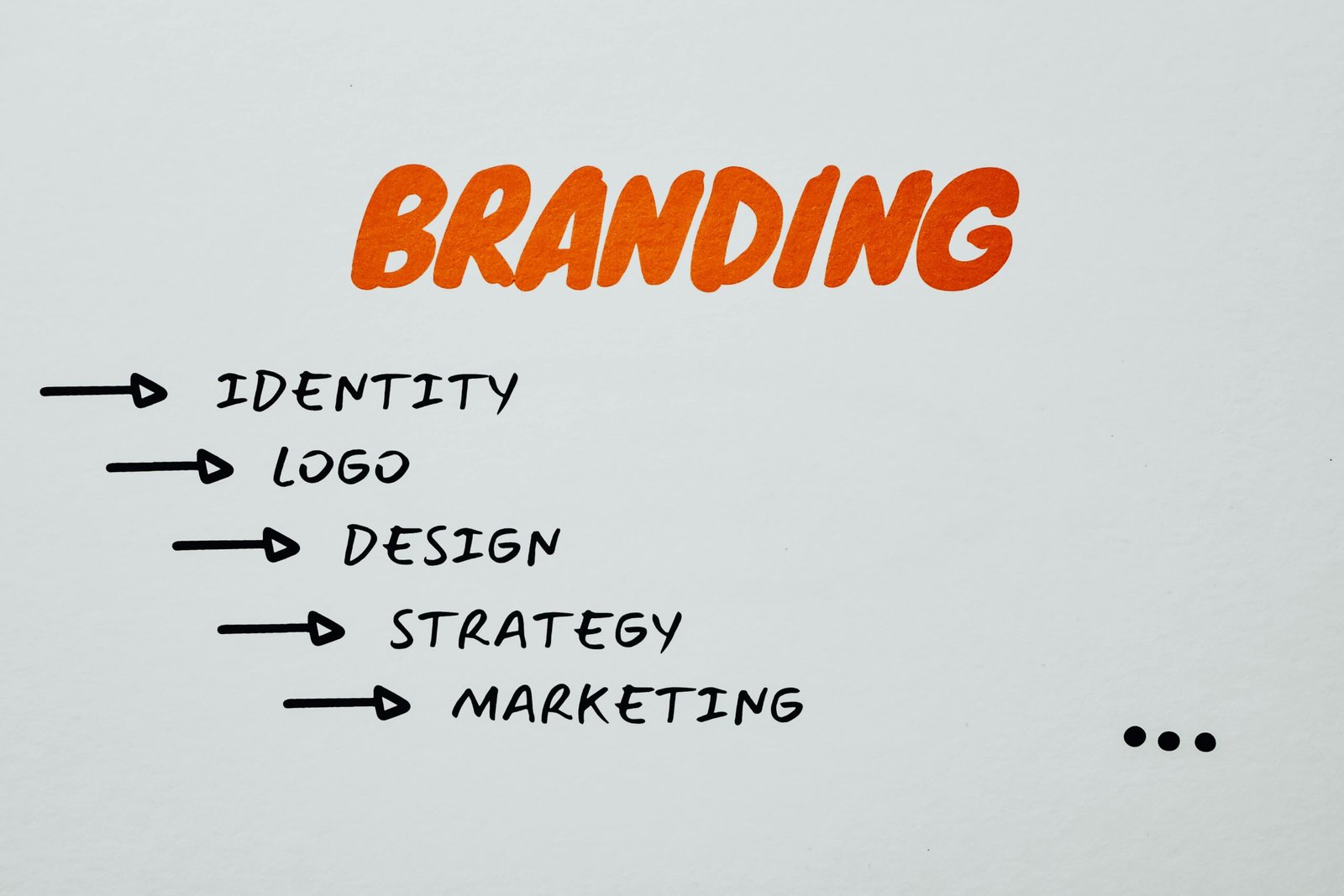
What Is Branding and Why Is It Important for Your Business?
Branding was (and still is) misunderstood by being reduced to its aesthetic component: visual identity. For many, whether specialists or not, branding is still just about the visual identity – name, logo, design, packaging, etc. Even more so, while the concept of branding and its understanding have evolved enormously over the years, the same old vision of branding is being preached, even by high-level marketers.
“Brands are essentially patterns of familiarity, meaning, fondness, and reassurance that exist in the minds of people.”
Branding is important because not only is it what makes a memorable impression on consumers but it allows your customers and clients to know what to expect from your company. It is a way of distinguishing yourself from the competitors and clarifying what it is you offer that makes you the better choice. Your brand is built to be a true representation of who you are as a business, and how you wish to be perceived.
There are many areas that are used to develop a brand including advertising, customer service, social responsibility, reputation, and visuals. All of these elements (and many more) work together to create one unique and (hopefully) attention-grabbing profile.
What is branding?
If the explanation of branding was simple, there would not be so much ambiguity and dissonance regarding the concept. Still, for the most part, a strong understanding of branding requires a decent grasp of business, marketing, and even (human) relational basics. Branding is such a vast concept that a correct definition that truly encompasses everything that it represents would not bring too much clarity to the subject just by itself.
Our definition of branding, even if seemingly more ambiguous than the other, gives much more sense to the concept when diving deeper into its meaning. Here is a rough breakdown:
1. Perpetual process
Branding is a perpetual process because it never stops. People, markets, and businesses are constantly changing and the brand must evolve in order to keep pace.
2. Identify, create, manage
There is a structured process to branding, one where you must first identify who/what you want to be to your stakeholders, create your brand strategy to position yourself accordingly, and then constantly manage everything that influences your positioning.
3. Cumulative assets and actions
Your positioning must be translated into assets (e.g., visual identity, content, products, ads) and actions (e.g., services, customer support, human relations, experiences) that project it into your stakeholders’ minds, slowly building up that perception.
4. Perception of a brand
Also known as reputation. This is the association that an individual (customer or not) has in their mind regarding your brand. This perception is the result of the branding process (or lack thereof).
5. Stakeholders
Clients are not the only ones that build a perception of your brand in their minds. Stakeholders include possible clients, existing customers, employees, shareholders, and business partners. Each one builds up their own perception and interacts with the brand accordingly.
Why is branding important?
Branding is absolutely critical to a business because of the overall impact it makes on your company. Branding can change how people perceive your brand, it can drive new business, and increase brand value – but it can also do the opposite if done wrongly or not at all.
“A good definition of brand strategy is the considered intent for the positive role a company wants to play in the lives of the people it serves and the communities around it.”
Let’s set something straight: Reputation builds up whether the business does something about it or not. The result can be a good or bad reputation. Understanding and using branding only means that you take the reins and try to control what that reputation looks like. This is why it is recommended to consider branding from the very beginning of your business.


